Curious how you can attract more bees and butterflies to your garden without needing a farm or fancy tools?
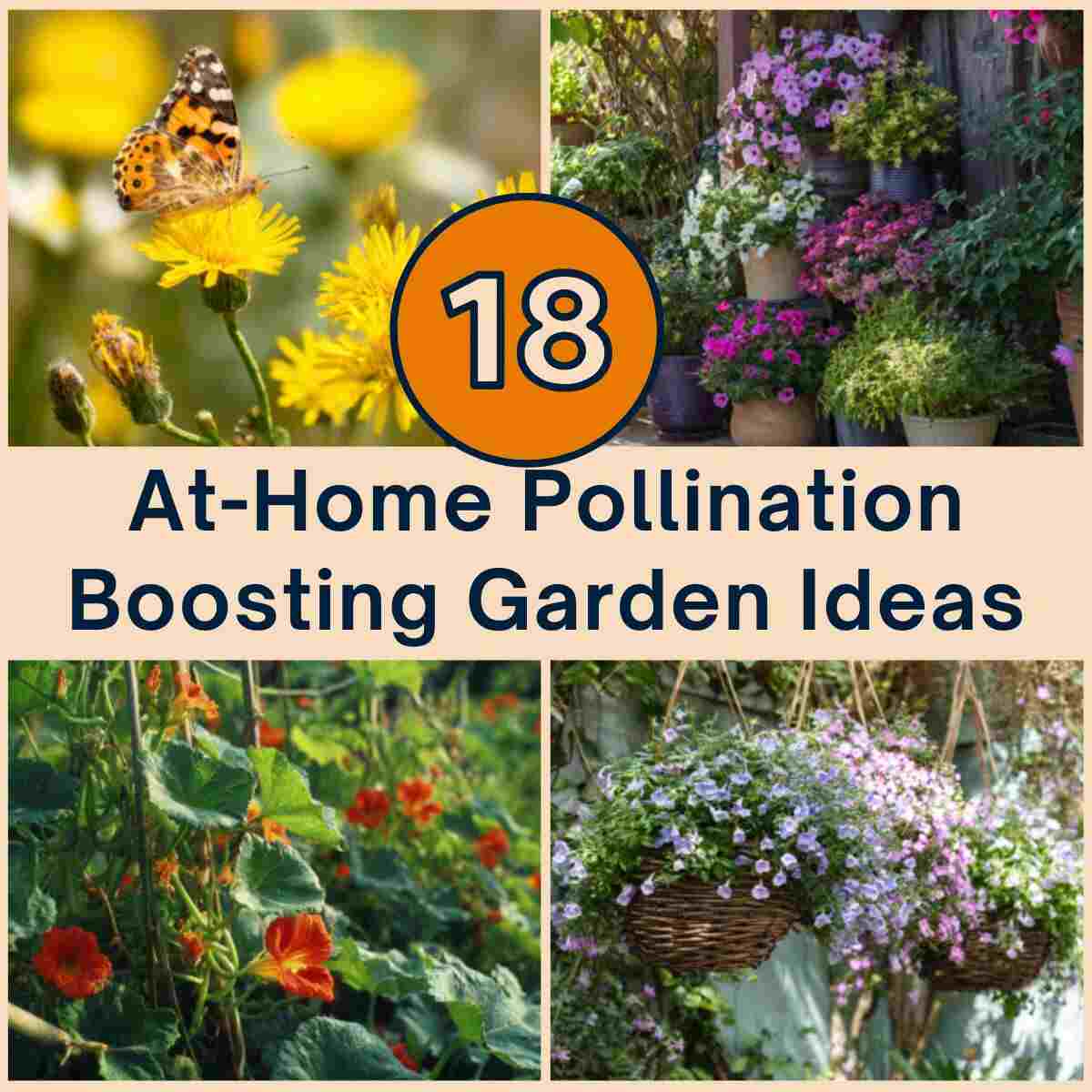
Want to help your garden grow better while giving bees and butterflies a place to visit and eat?
1. Plant a Variety of Native Flowering Plants
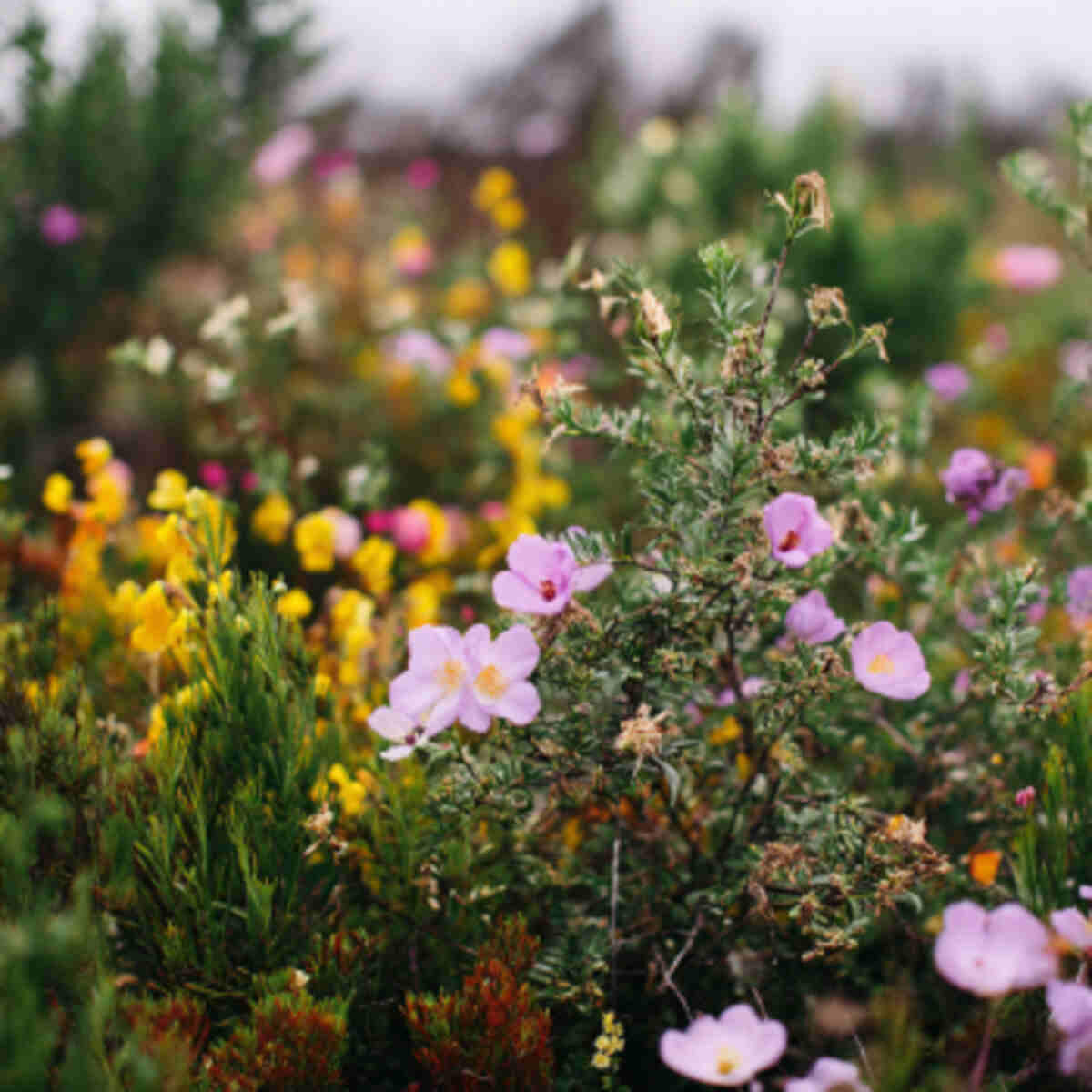
Planting native flowers is one of the most effective at-home pollination boosting garden ideas.
These plants have evolved alongside local pollinators, offering the ideal nectar and pollen they need.
A diverse native plant selection ensures pollinators can find food throughout the growing season.
2. Grow Flowers in Clusters for Easy Access
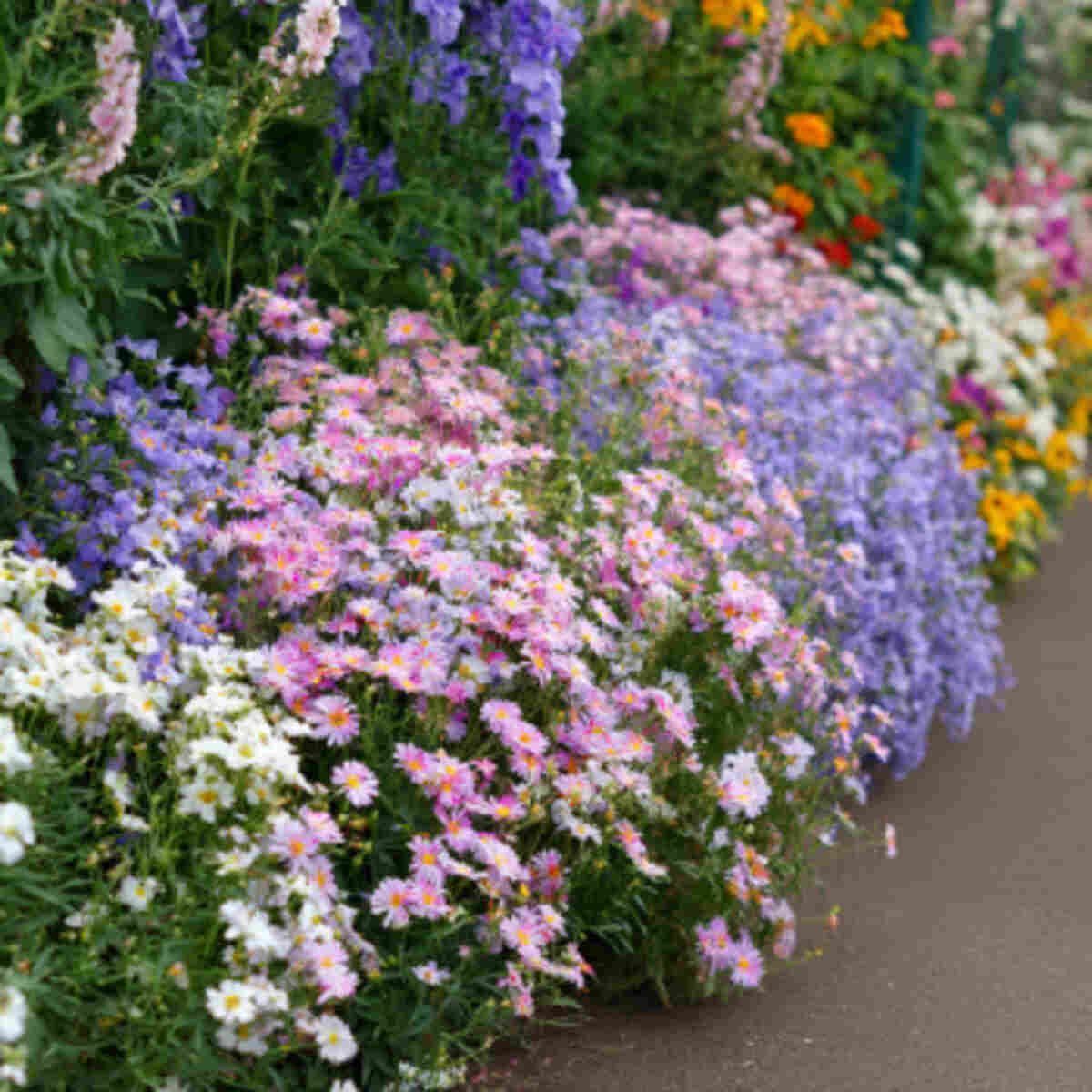
Grouping similar flowers together helps pollinators conserve energy while foraging.
Rather than flying around randomly, they can stay in one spot and collect more nectar efficiently.
This simple strategy supports your efforts in creating successful at-home pollination boosting garden ideas.
See, 23 Creative Pollinator Garden Ideas to Boost Your Backyard
3. Use Bright-Colored Blooms (Especially Blue, Purple, Yellow)
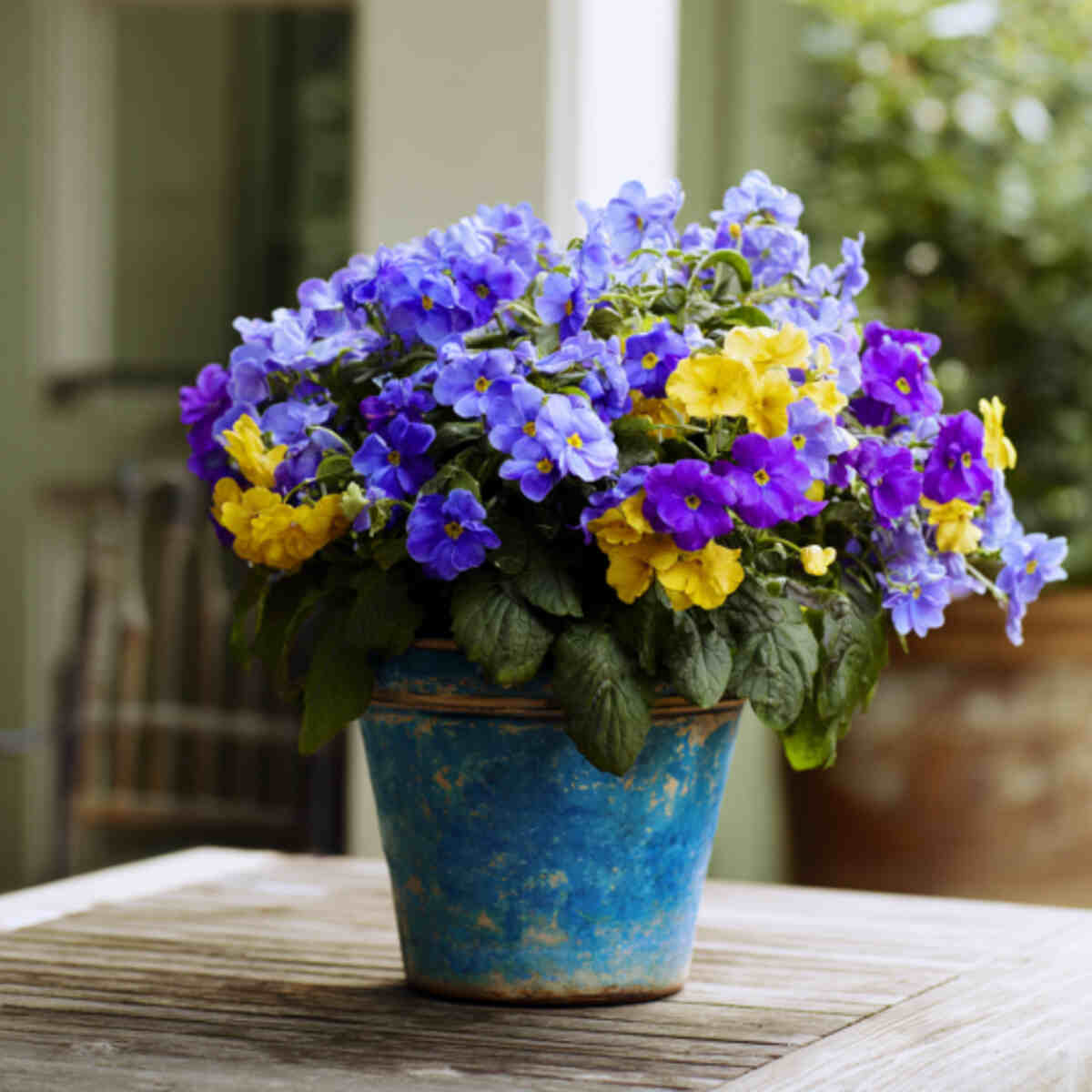
Pollinators, especially bees, are drawn to certain colors like blue, purple, and yellow.
Choosing flowers in these shades makes your garden more attractive and functional.
It’s a small design trick with a big payoff in at-home pollination boosting garden ideas.
4. Include Flowering Herbs Like Mint, Basil, and Thyme
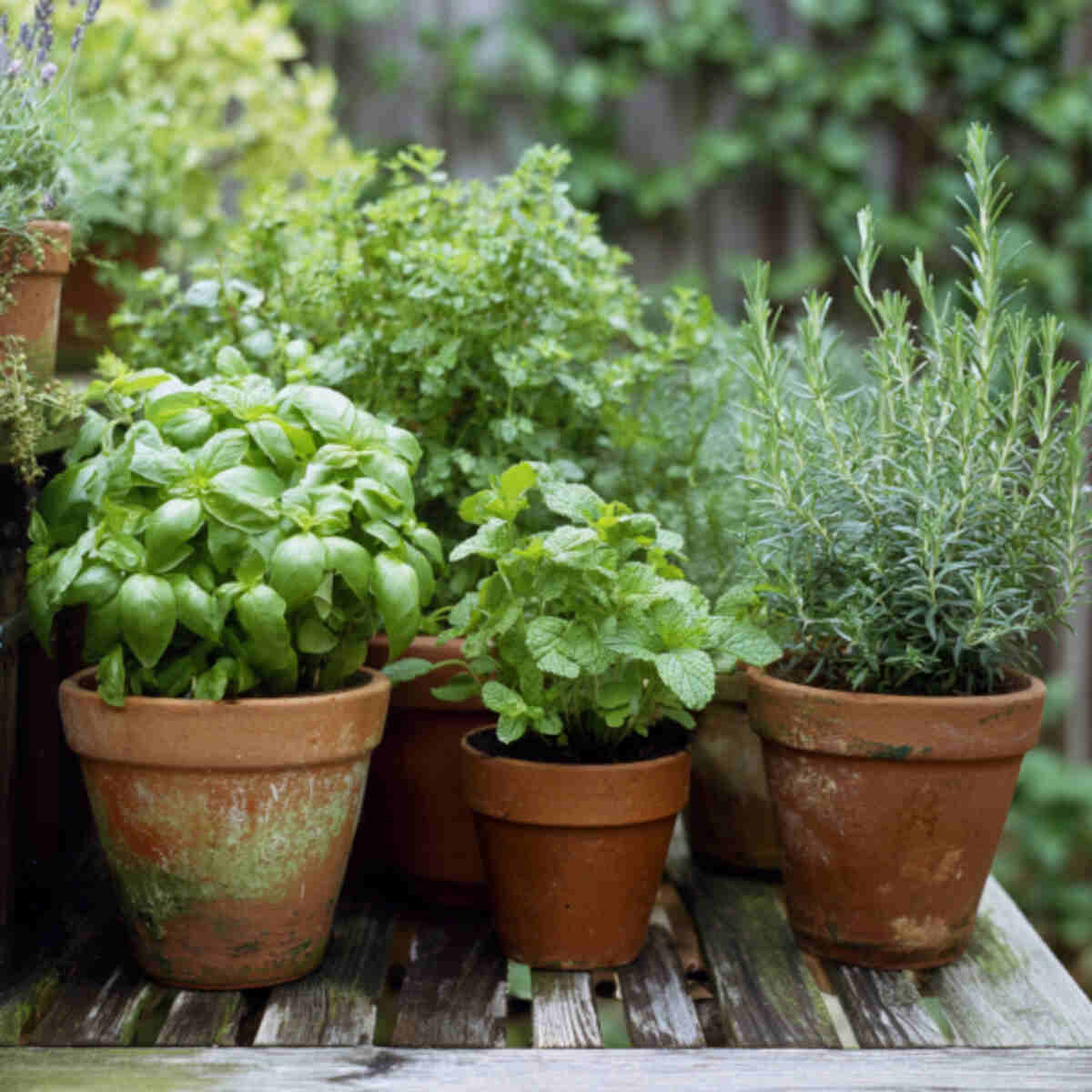
Flowering herbs not only spice up your meals but also draw in bees, butterflies, and hoverflies.
Letting herbs bloom invites pollinators to feast while you enjoy a fragrant garden.
Adding them is a tasty and effective move among at-home pollination boosting garden ideas.
5. Avoid Pesticides or Use Organic Alternatives
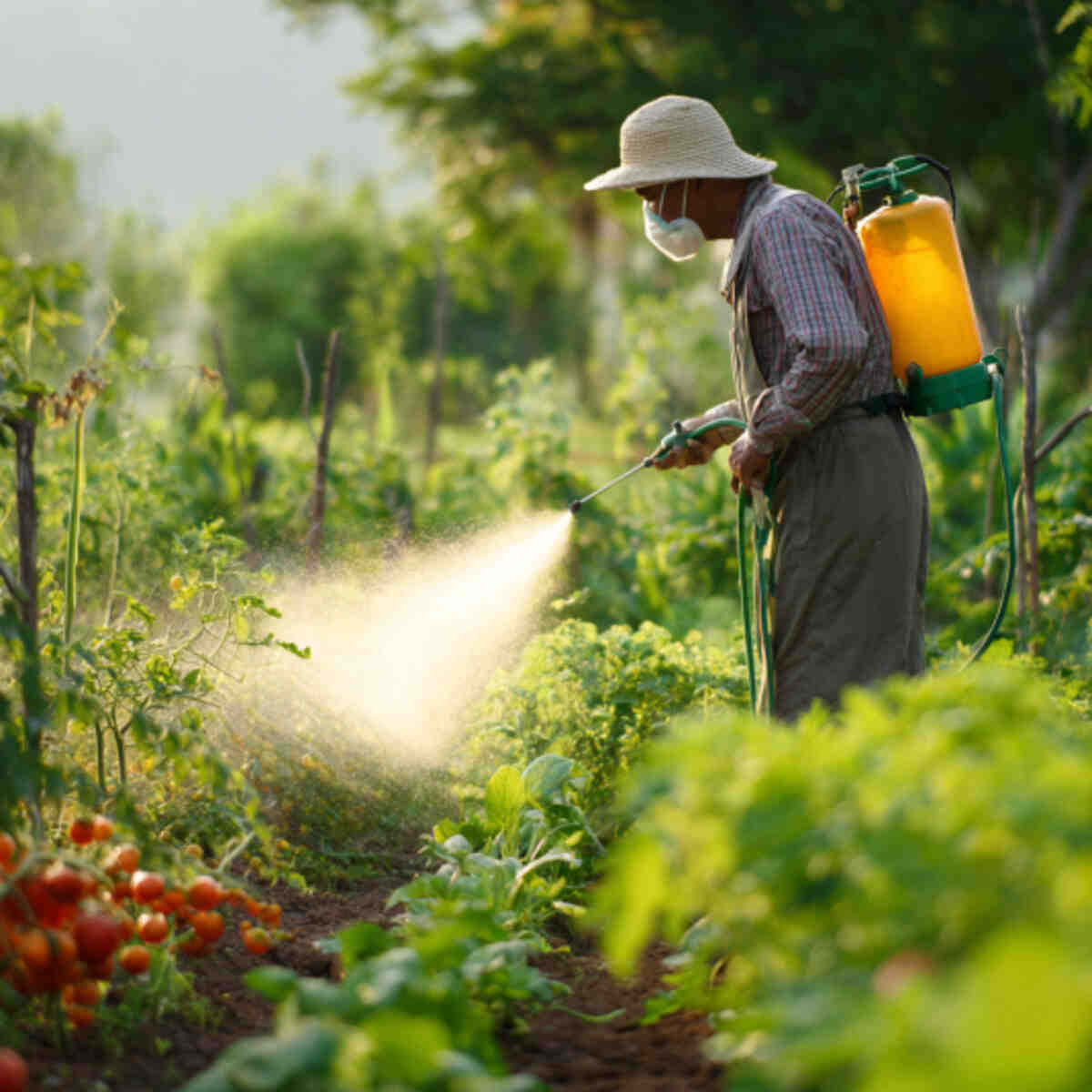
Chemical pesticides harm pollinators directly or destroy the plants they rely on.
Switching to organic or pollinator-safe treatments protects the delicate balance of your garden.
This mindful change strengthens your at-home pollination boosting garden ideas naturally and responsibly.
6. Provide a Shallow Water Source for Pollinators
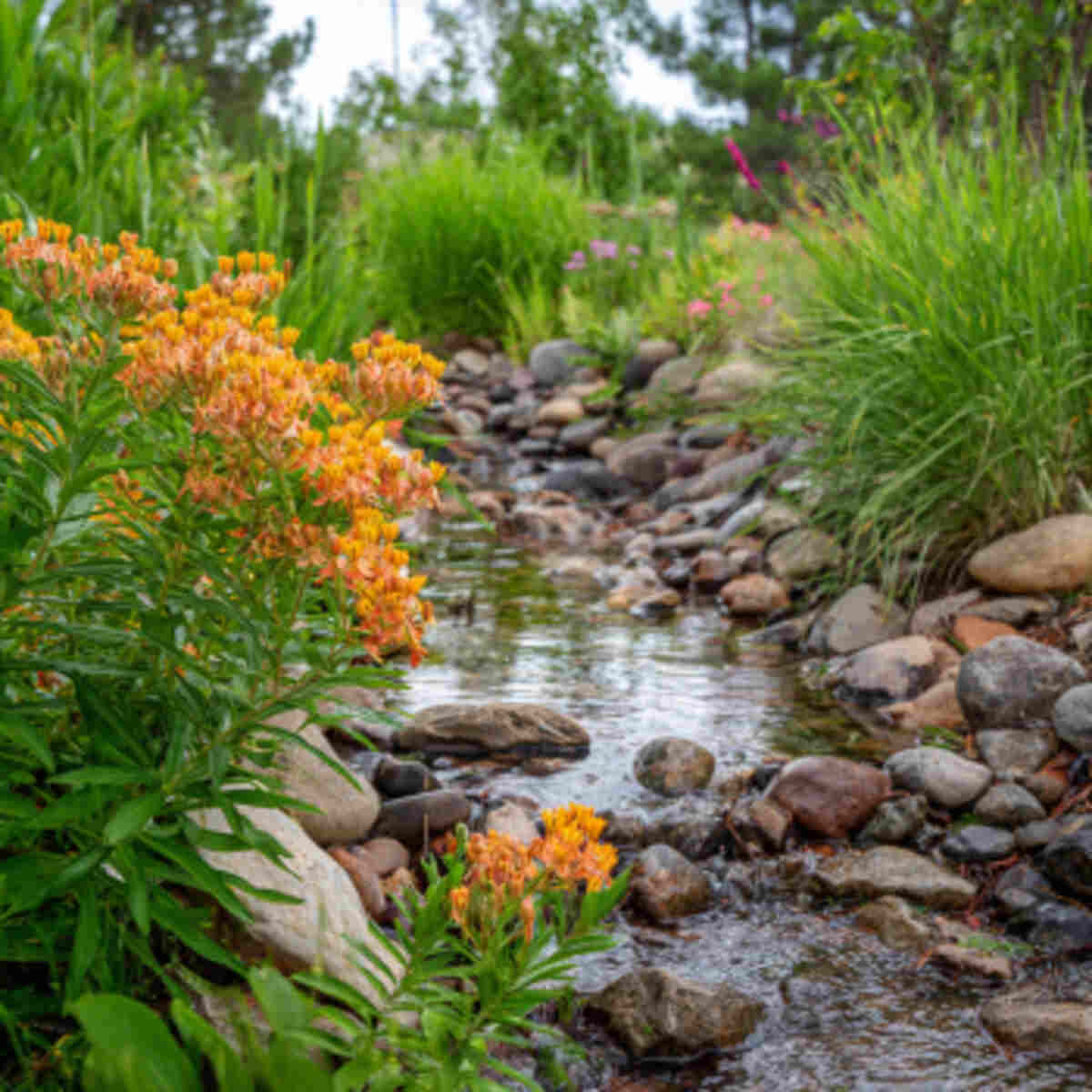
Just like any living creature, pollinators need water, especially during hot seasons.
A shallow dish with pebbles allows safe landing spots for bees and butterflies to sip without drowning.
Including a simple water feature supports hydration in your at-home pollination boosting garden ideas.
7. Create a Bee Hotel or Nesting Box
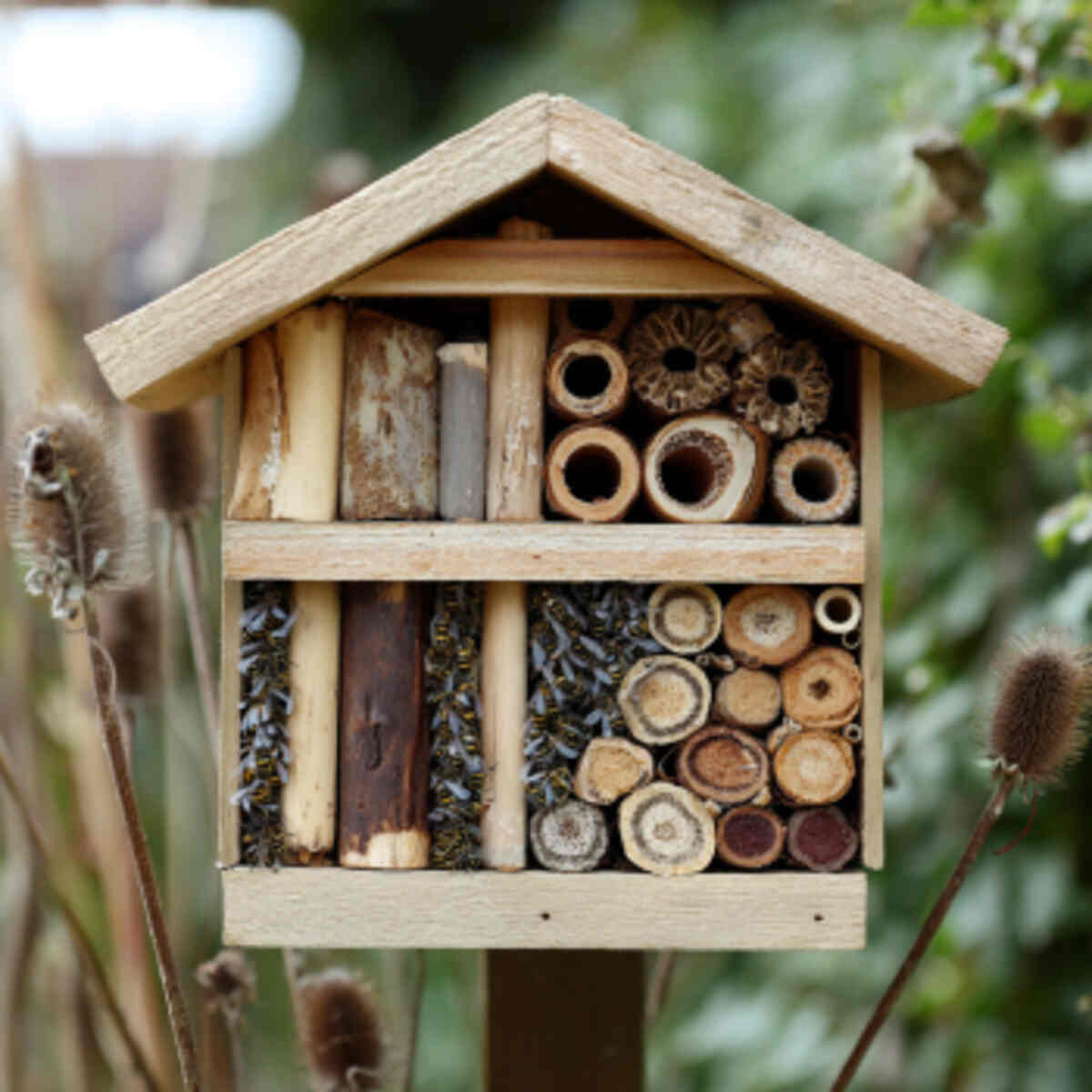
Not all bees live in hives—many are solitary and need small shelters to nest.
A DIY bee hotel made from hollow stems or wood blocks can offer safe spots for them.
This hands-on addition boosts pollinator presence and is a fun way to enhance at-home pollination boosting garden ideas.
8. Leave a Patch of Bare Soil for Ground-Nesting Bees
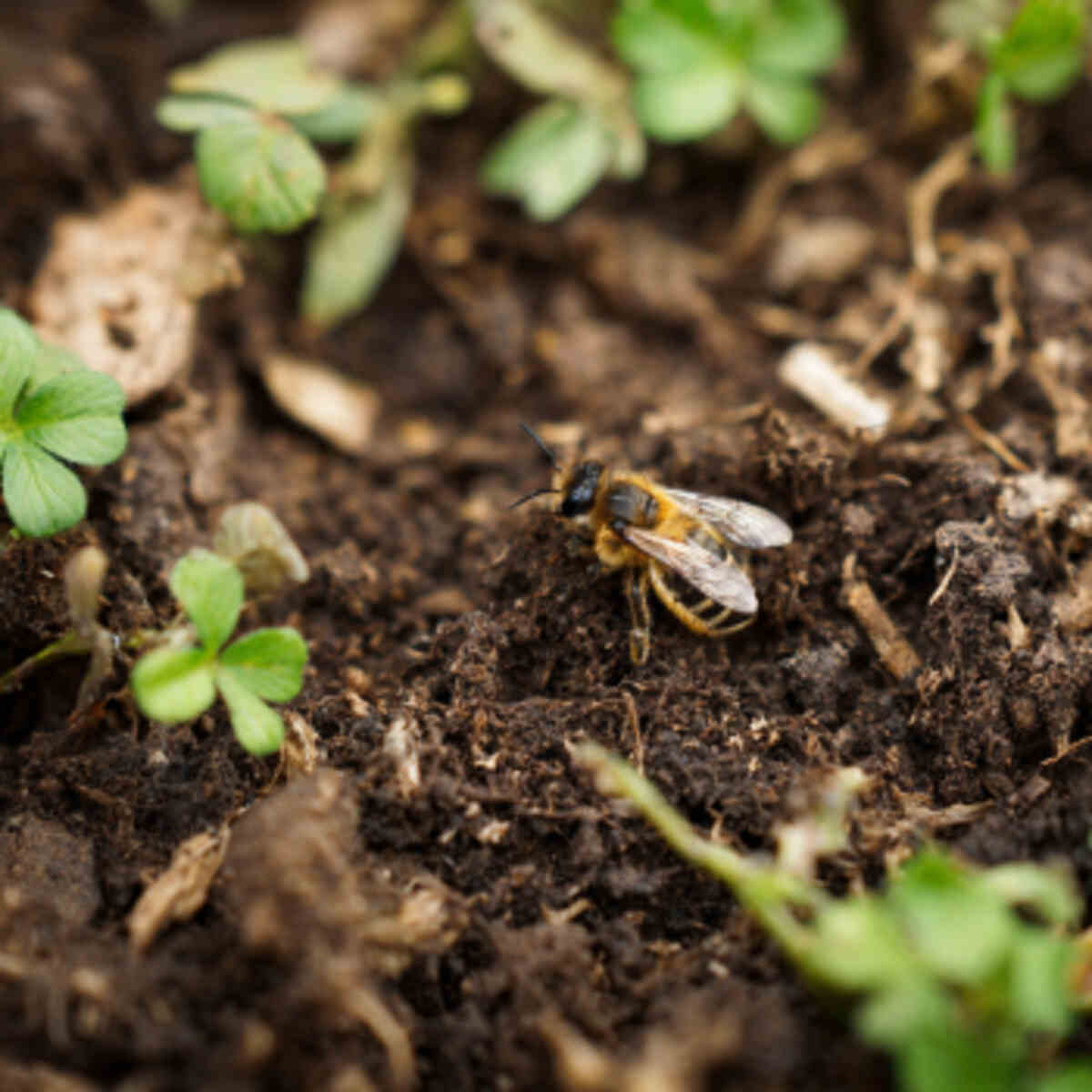
Over 70% of native bees nest in the ground, often in dry, bare soil.
Avoid covering every inch of your garden with mulch or grass to allow space for these vital workers.
Supporting their natural behavior is a key part of smart at-home pollination boosting garden ideas.
9. Grow Night-Blooming Flowers for Moths and Bats
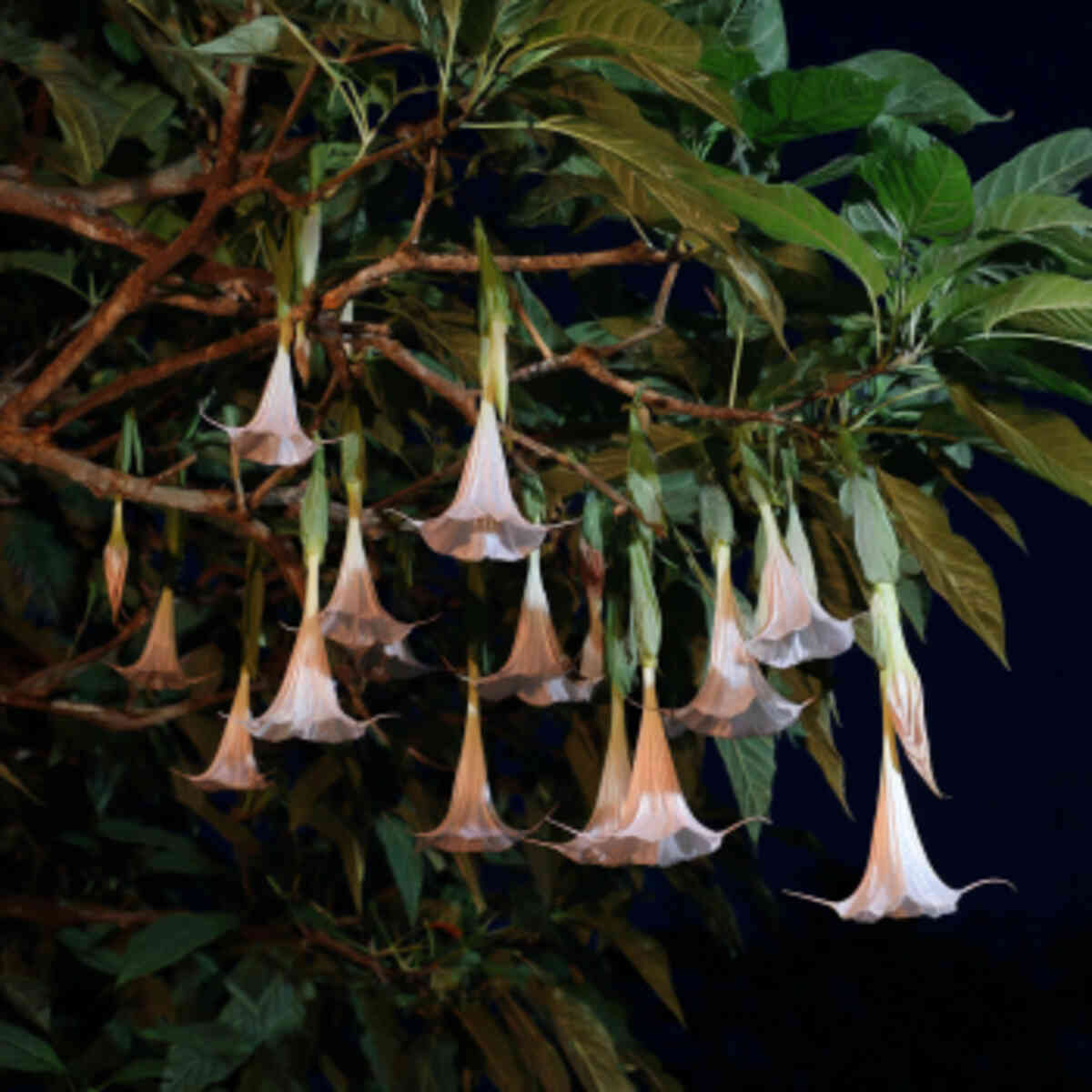
Pollinators don’t only work during the day—moths and bats are active at night.
Planting evening primrose or moonflower helps these nocturnal helpers do their job.
Including night bloomers ensures 24/7 support in your at-home pollination boosting garden ideas.
See, 17 Simple Garden Ideas for Attracting Bats Tonight!
10. Choose Single-Petal Flowers for Easy Nectar Access
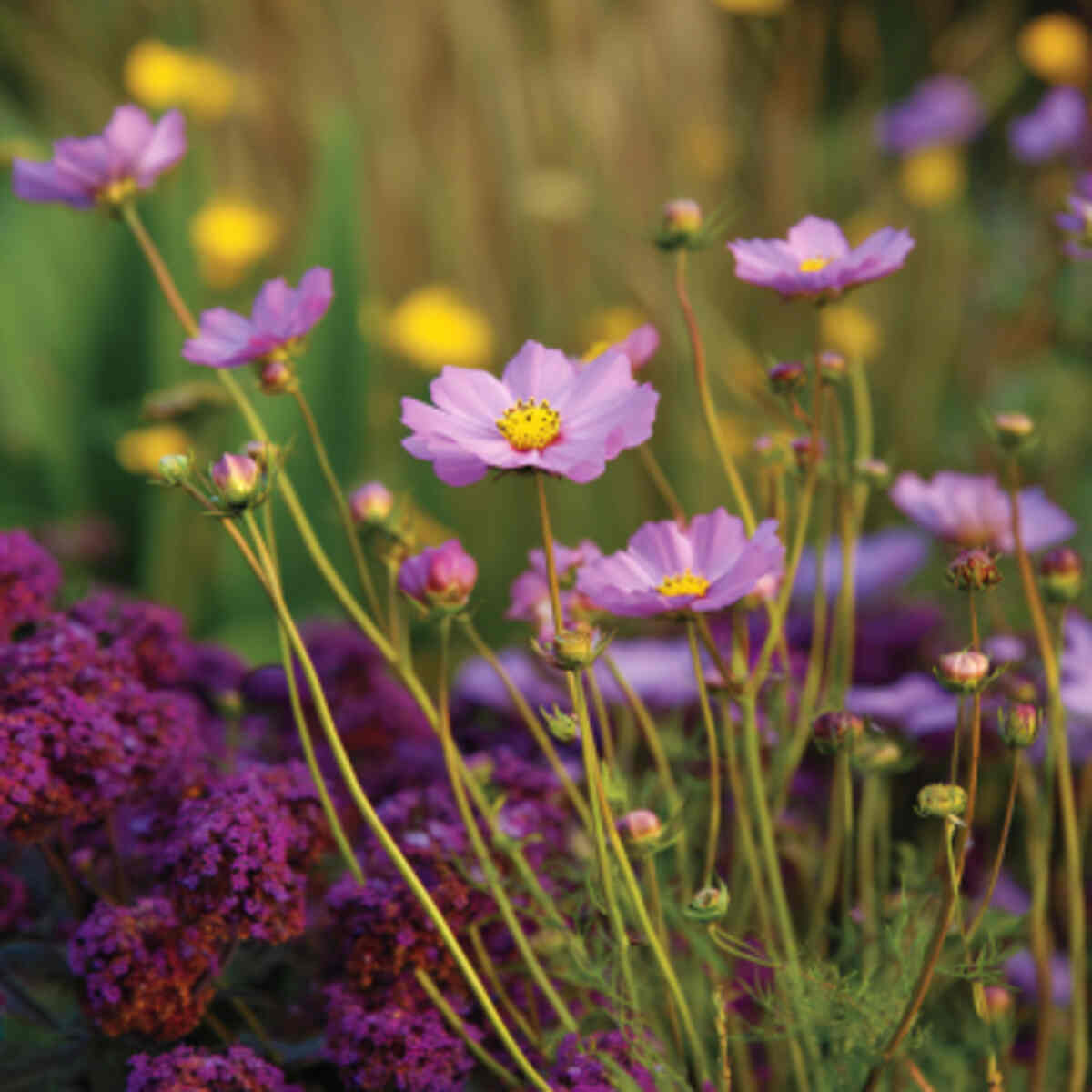
Single-petal flowers, like daisies or sunflowers, provide easy access to pollen and nectar.
Double-petal hybrids may look pretty but are often harder for pollinators to navigate.
Choosing functional flowers is a smart move in planning your at-home pollination boosting garden ideas.
11. Add a Pollinator-Friendly Flowering Tree or Shrub
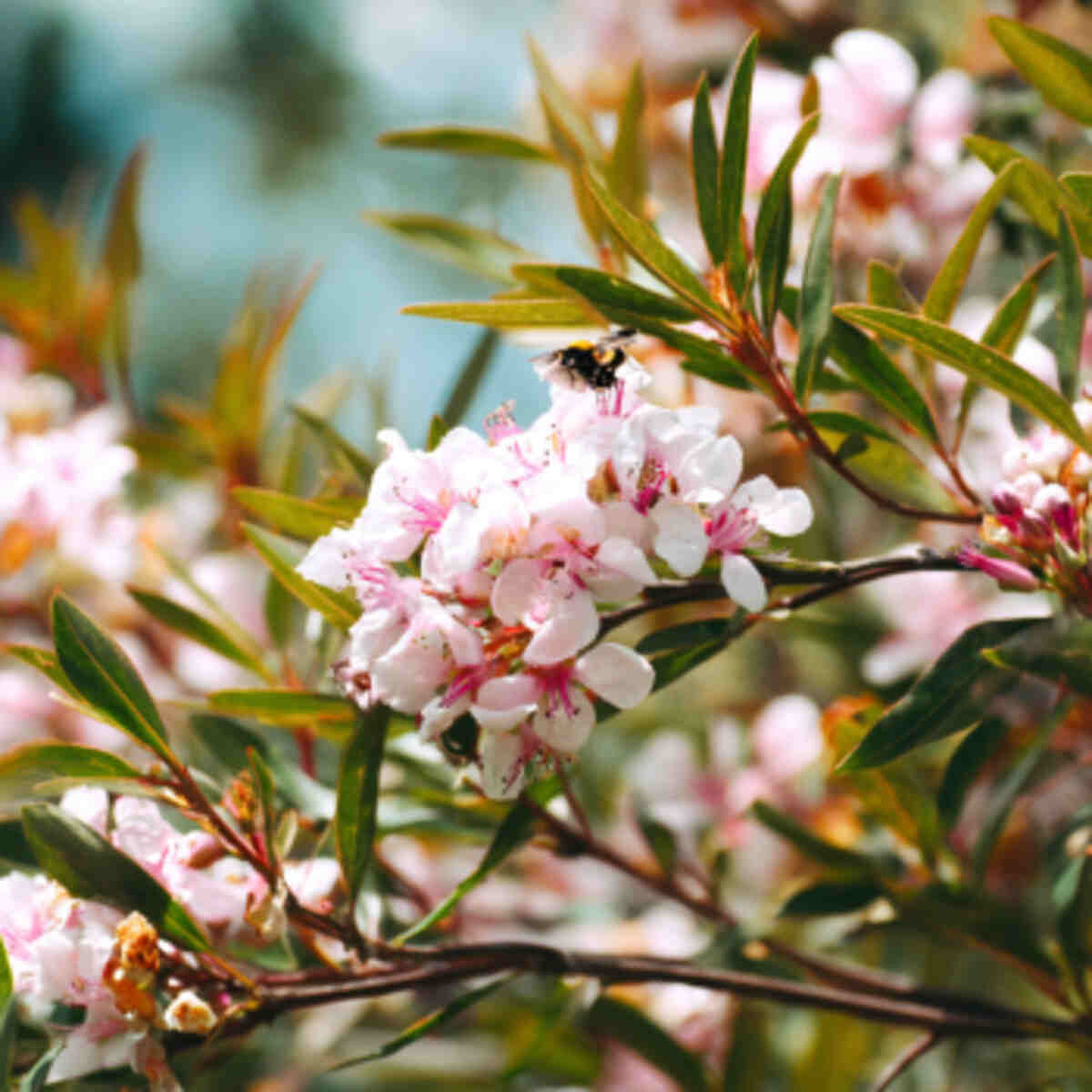
Trees and shrubs like lavender, cherry, and elderflower bloom generously and feed dozens of pollinators at once.
They also provide shade and shelter for insects in hot weather.
Large plants play an important supporting role in effective at-home pollination boosting garden ideas.
See also, 18 Brilliant DIY Pollen Shelter Ideas to Keep Your Garden Blooming
12. Use Vertical Garden Setups with Pollinator Plants
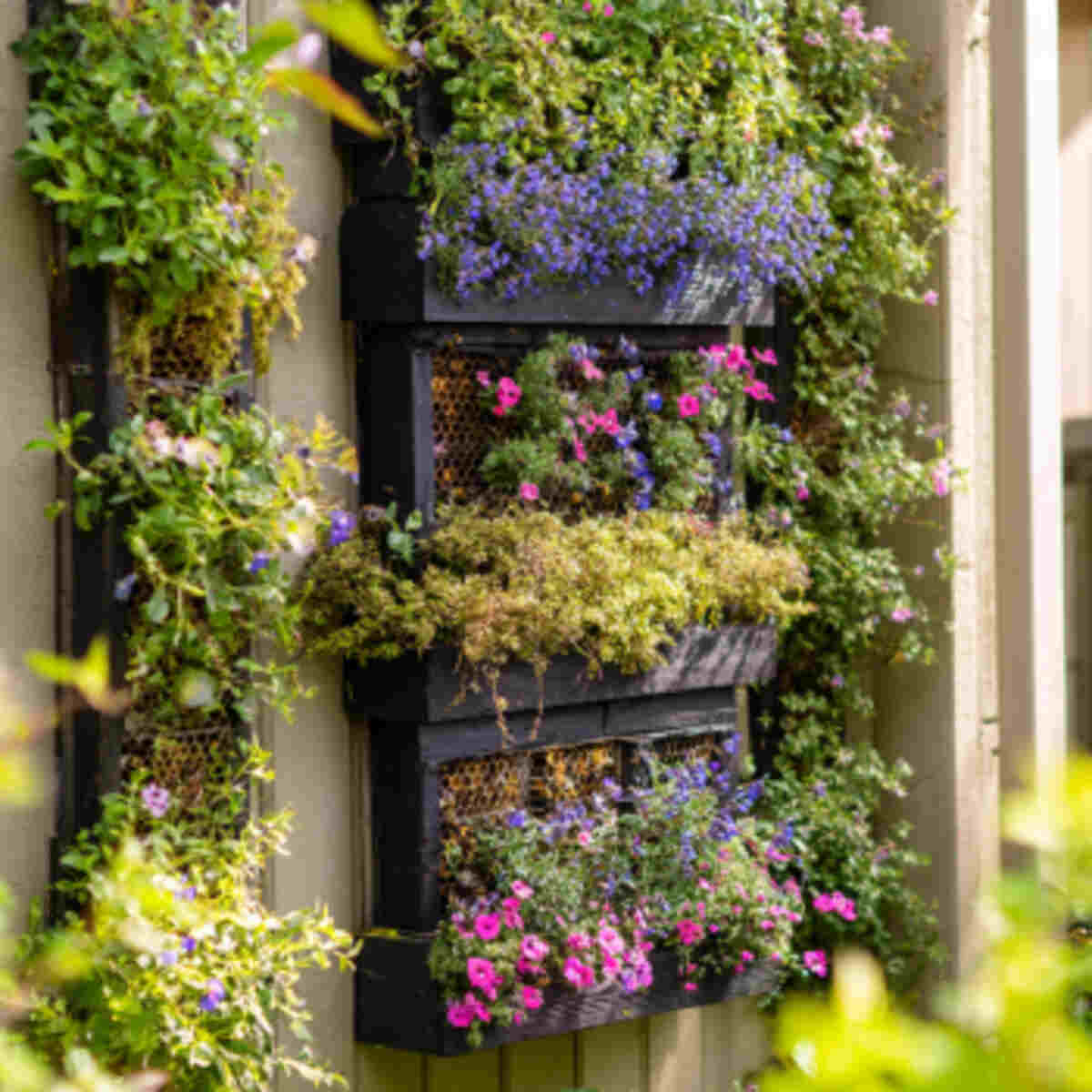
Short on space? Vertical gardens filled with climbing or trailing flowers like sweet peas or nasturtiums can attract pollinators even on balconies or patios.
It’s a smart use of space and enhances your at-home pollination boosting garden ideas in compact environments.
13. Install Hanging Baskets with Trailing Blooms
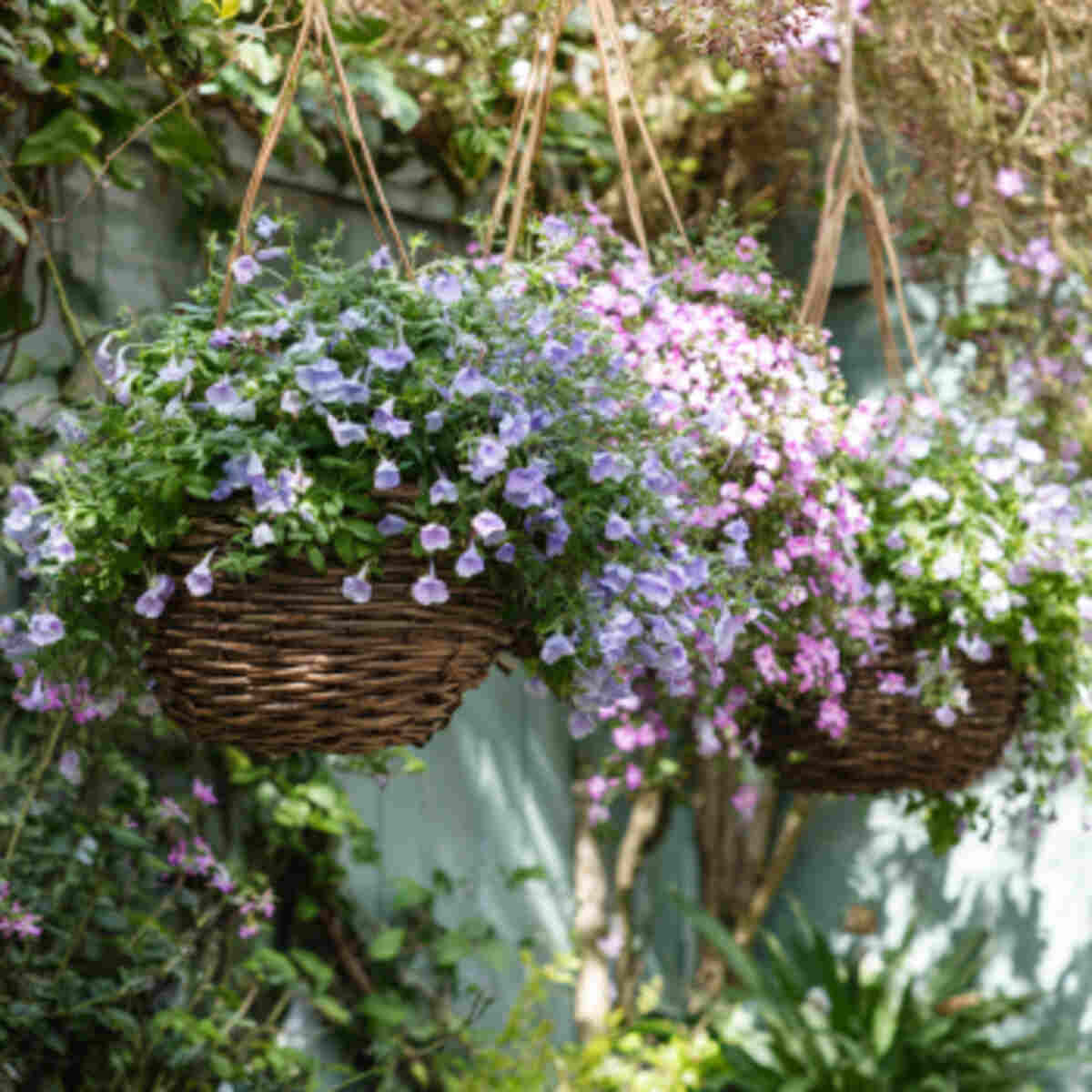
Hanging baskets offer a creative way to add more flowering plants at various levels.
Trailing varieties like petunias and lobelia are especially loved by bees and butterflies.
This layering technique boosts the visual and ecological impact of your at-home pollination boosting garden ideas.
14. Grow Flowering Vegetables Like Squash and Tomatoes
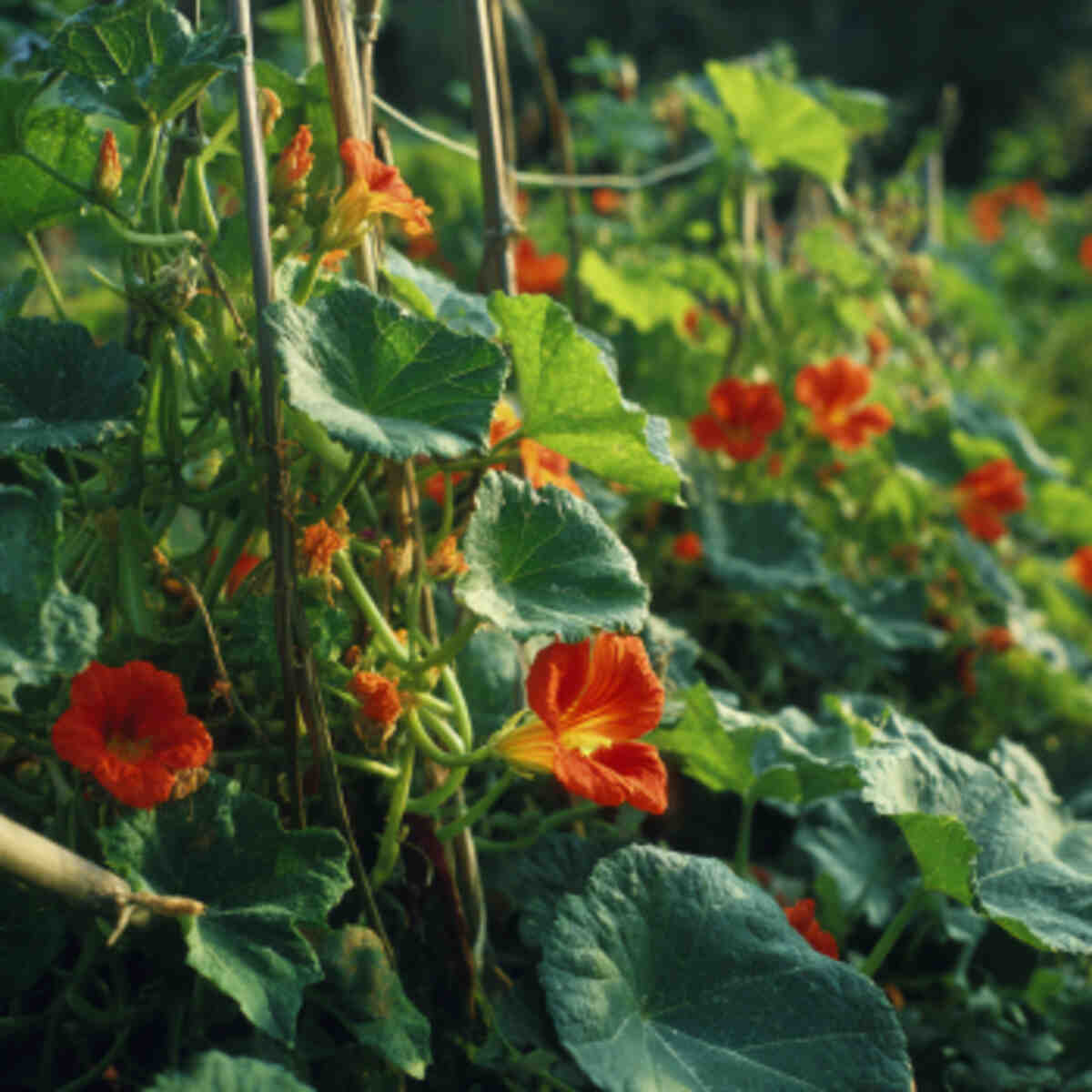
Many vegetables rely on pollinators to produce fruit, making them functional and beneficial.
Squash, cucumbers, and tomatoes have vibrant blooms that attract bees during pollination season.
Combining food and function is a winning choice for at-home pollination boosting garden ideas.
15. Encourage Companion Planting (e.g., Marigold with Veggies)
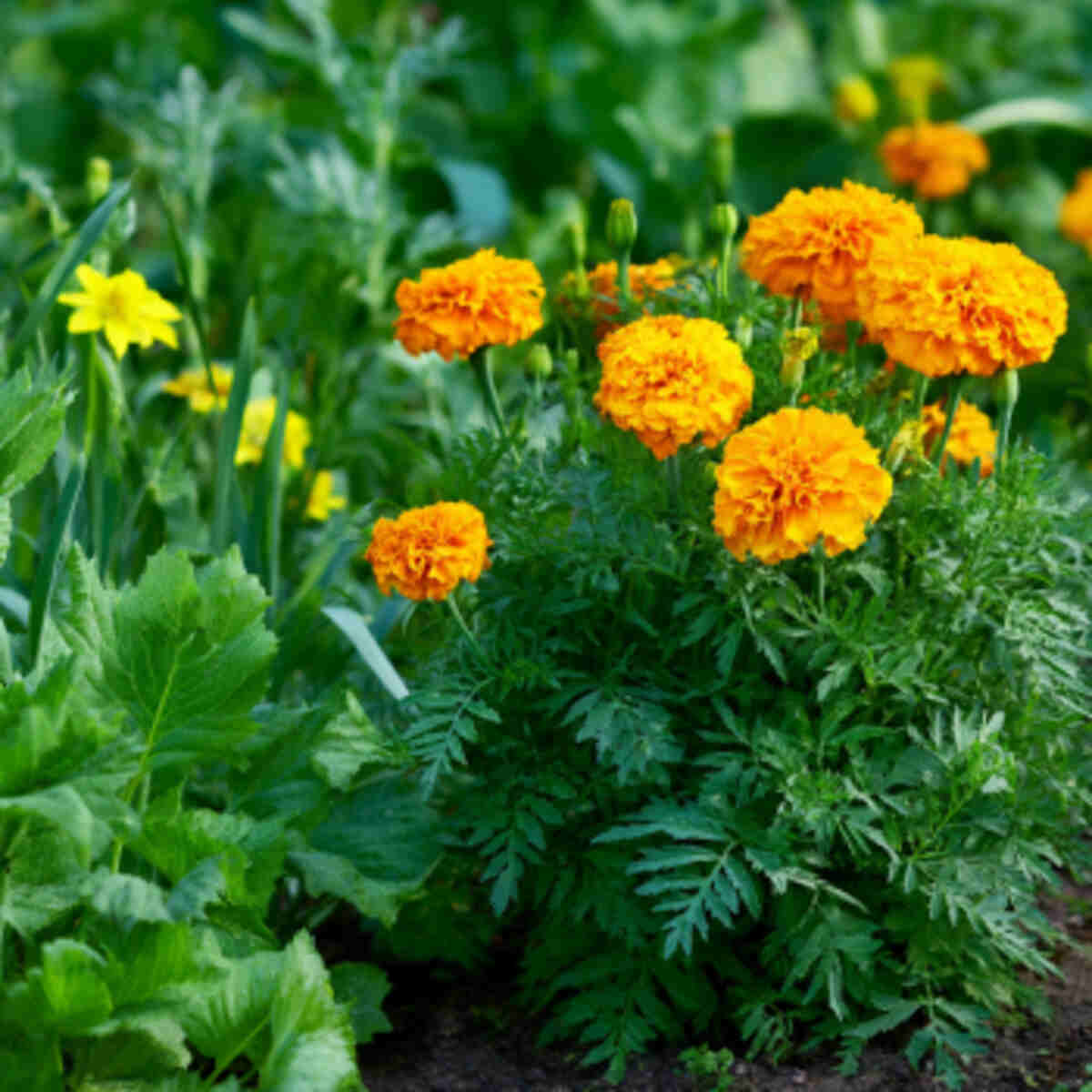
Pairing flowers with vegetables—like marigolds with tomatoes—brings more pollinators and deters pests.
Companion planting enhances both garden health and pollination rates.
It’s a time-tested strategy among practical at-home pollination boosting garden ideas.
16. Allow Some Plants to Bolt and Flower (Like Lettuce or Cilantro)
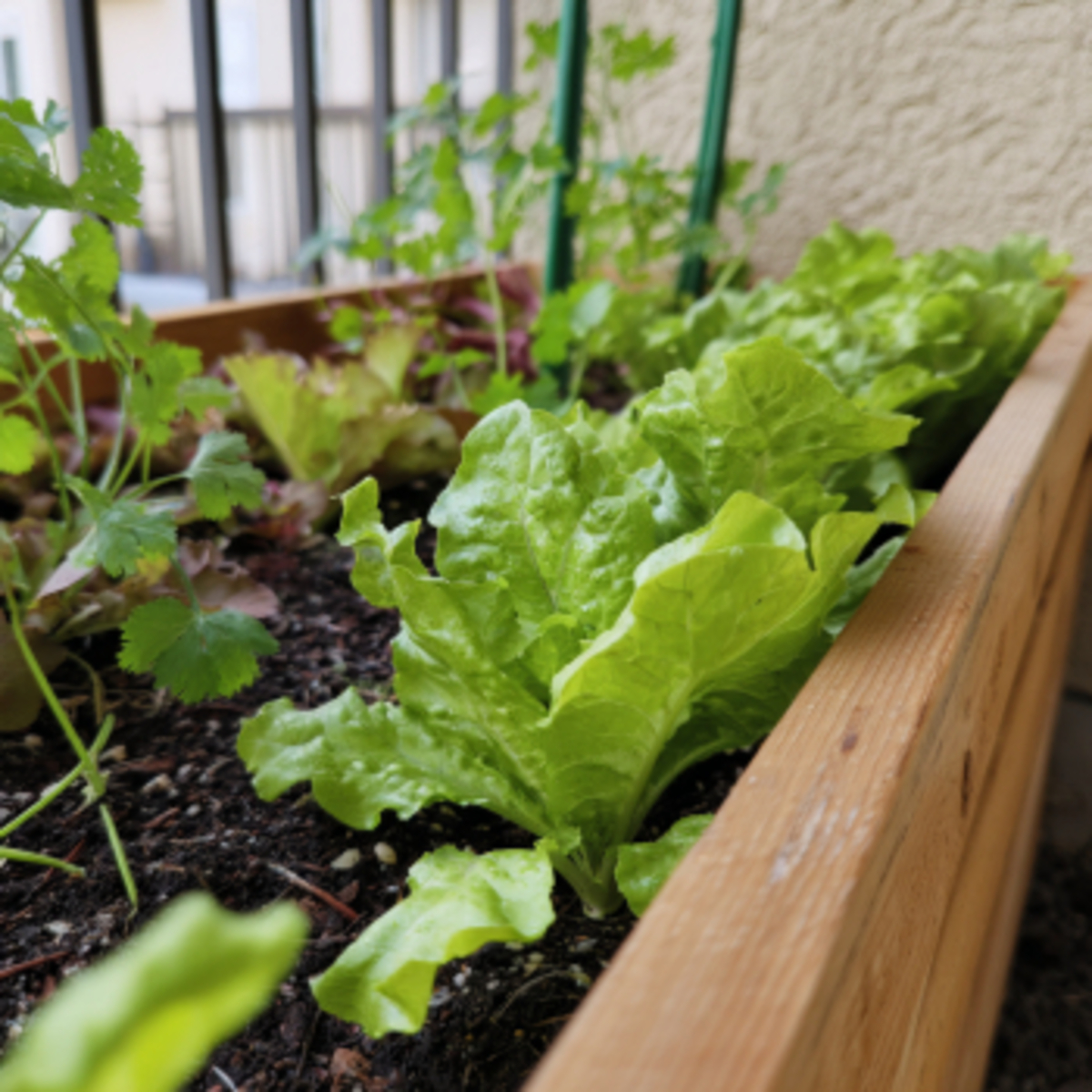
When herbs and leafy greens flower, they become unexpectedly powerful pollinator magnets.
Bees especially love the delicate blooms of bolted cilantro or arugula.
Letting a few plants flower supports your at-home pollination boosting garden ideas without needing extra space.
17. Incorporate Wind-Pollinated Plants Alongside Insect-Friendly Ones
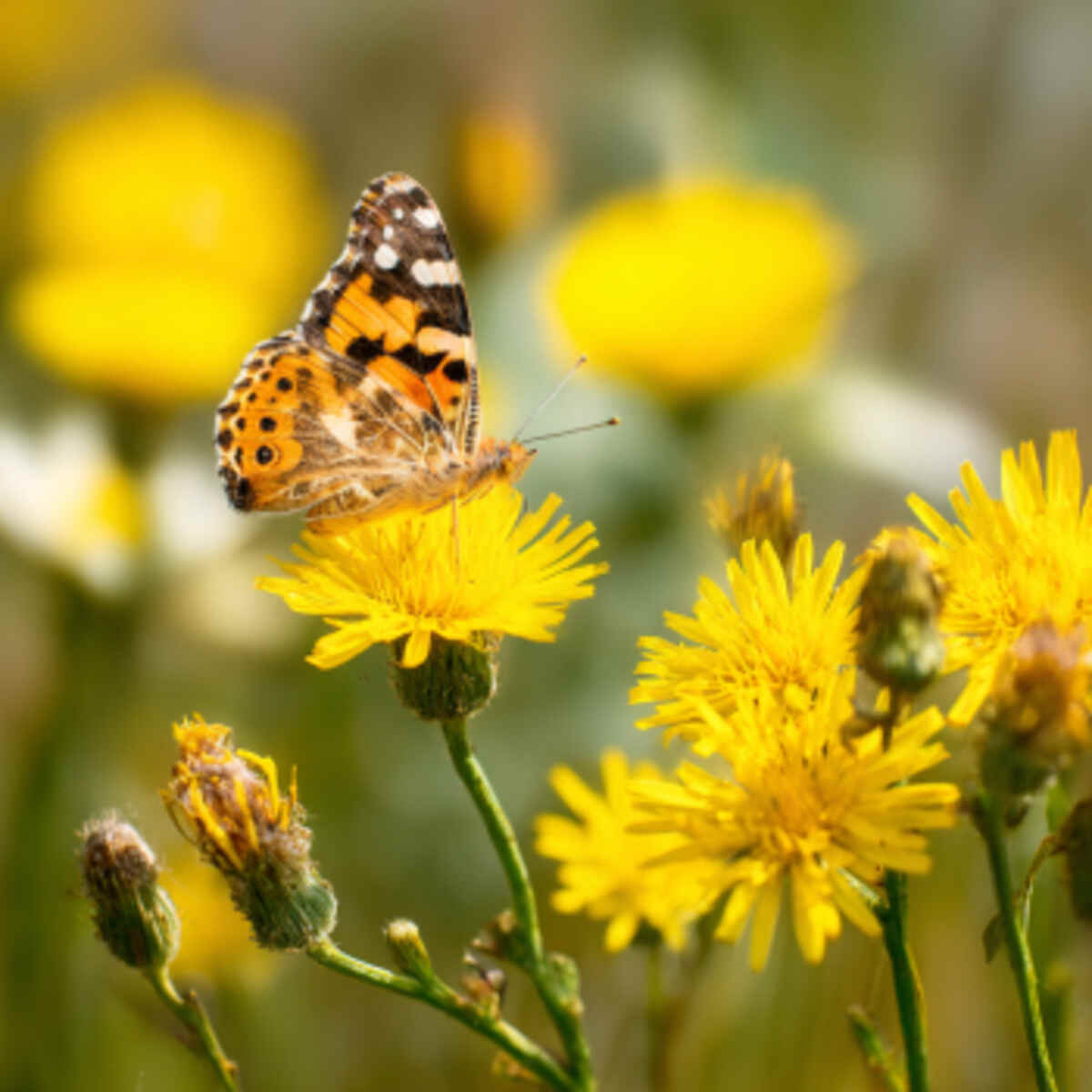
While wind-pollinated plants like corn don’t need insects, planting them near insect-pollinated ones can encourage mixed pollination strategies.
This creates a more dynamic garden environment.
Blending both types is a clever way to diversify your at-home pollination boosting garden ideas.
18. Rotate Blooming Plants Throughout the Seasons for Year-Round Food Sources
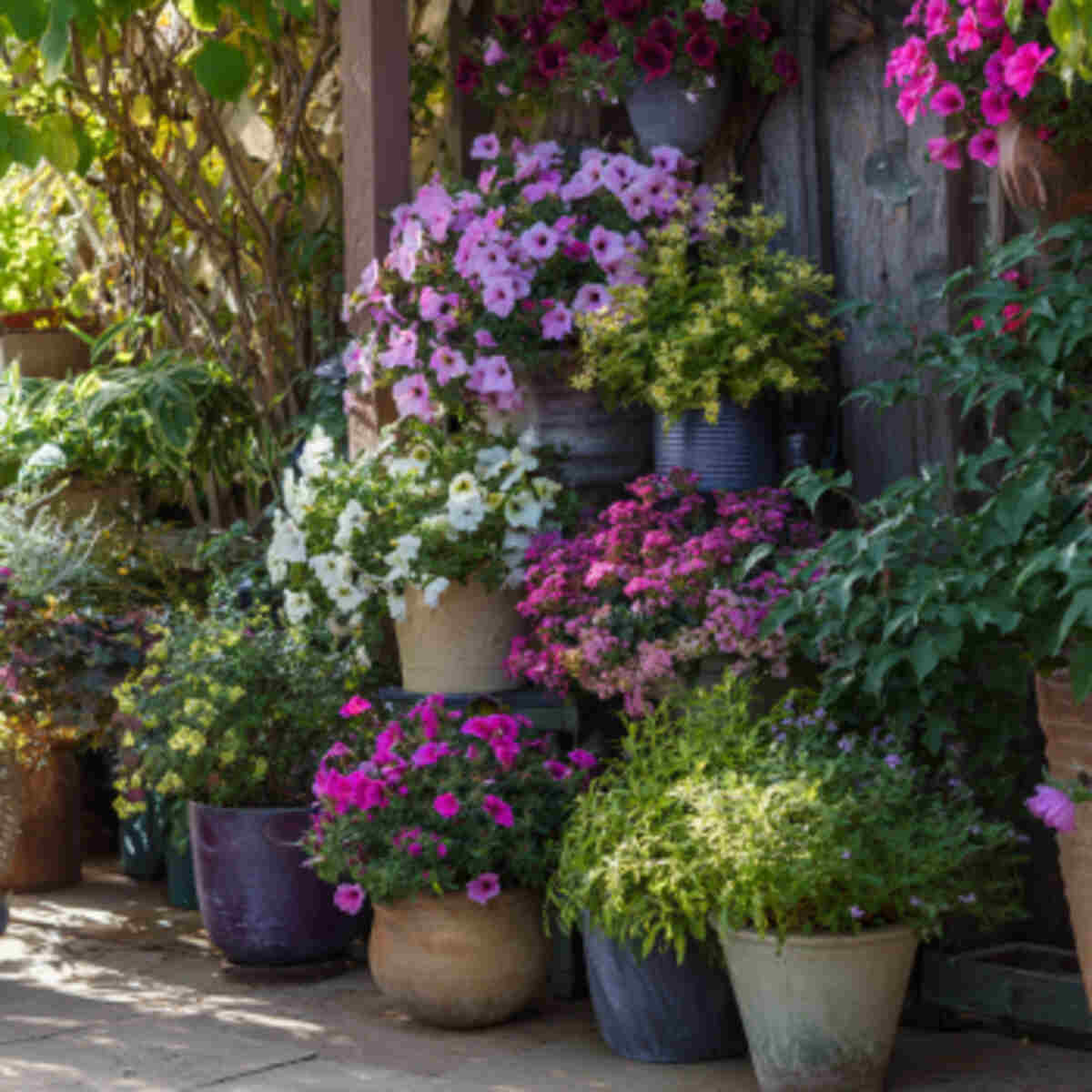
Different pollinators are active during different times of the year, so it’s important to have plants blooming in spring, summer, and fall.
Rotating your garden plants ensures consistent food availability.
Planning with the seasons in mind is a crucial element of strong at-home pollination boosting garden ideas.
See also, 19 Seasonal Transition Garden Ideas
Boosting pollination at home doesn’t have to be complicated—small choices like planting native flowers, skipping harsh chemicals, and adding bee shelters can make a big difference.
These simple changes help attract more pollinators, support your garden’s health, and even improve fruit and vegetable harvests.
By creating a pollinator-friendly space with blooms, water, and shelter, you’re helping nature while growing a stronger garden.
